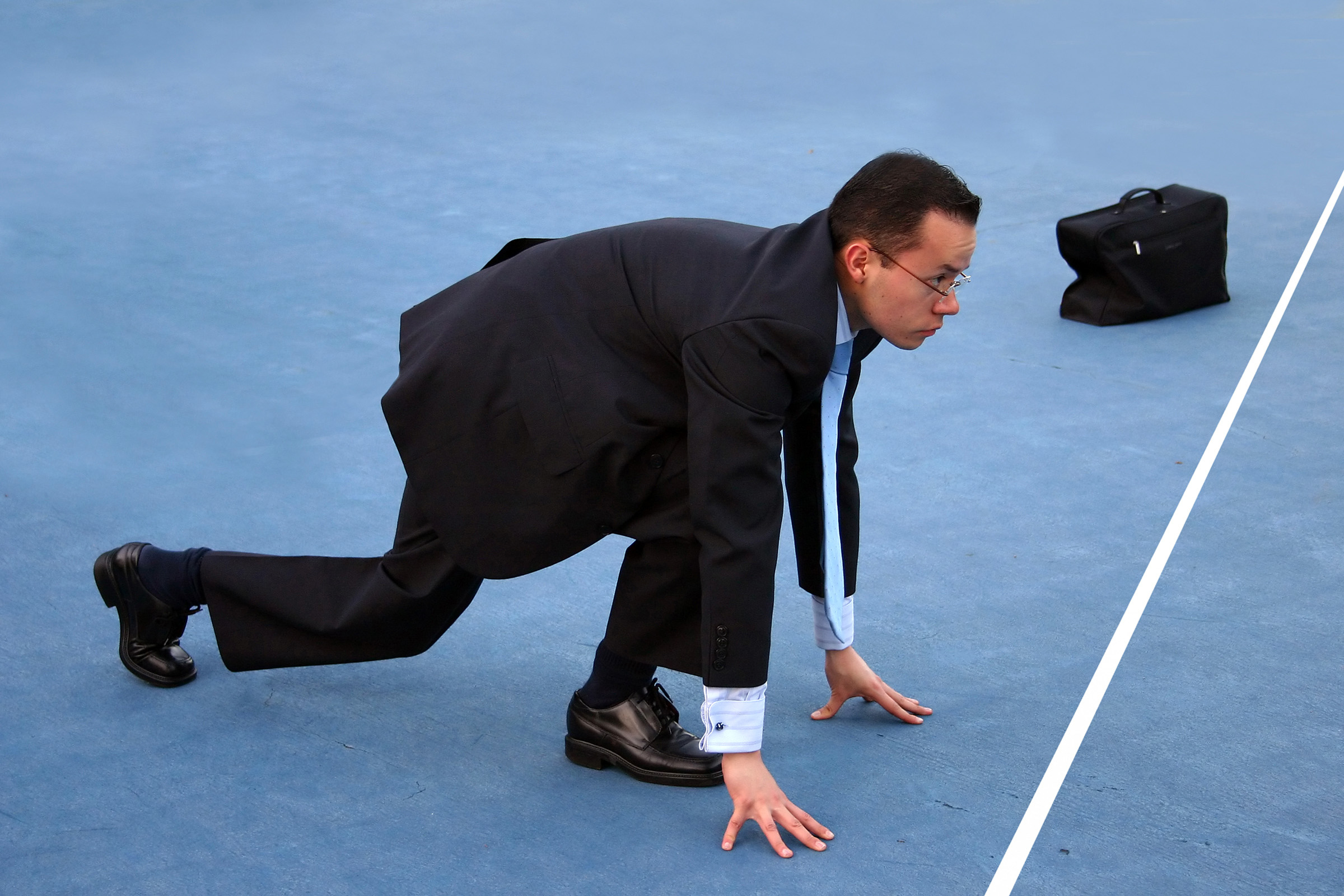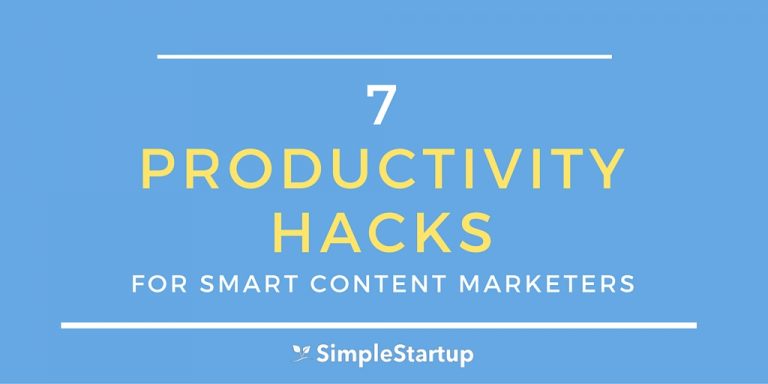Bouncing back after experiencing burnout can be challenging. You gained momentum for a few months and now find yourself back at square one.
But getting back into a rhythm doesn’t have to take a lot of time.
There have been many times I’ve come back after taking a workout hiatus for a few weeks — sometimes even months — and I didn’t lose much strength. It took only a short time to get back to the level I was at before the break.
I’ve also come back stronger after a writing burnout. Earlier this year, I was writing at least 1000 words daily. I only missed a few days of writing, but usually made up for the missed days.
Focus on the positive
After writing the first draft of my book, I felt demotivated and depleted. Other things going on in my life affected my motivation and productivity.
I stopped writing for about 2 weeks. I focused on other things I was passionate about like working out, building my membership site and learning to program.
Although I lost momentum with my writing practice, I was able to gain momentum in those areas. So I don’t have any regrets for taking off writing. In fact, it gave me a better appreciation for it.
I love writing, and that’s my home. I had to take some time away, but it was for the best.
Start slow and build momentum
Don’t worry about picking up where you left off.
When driving, it takes less energy to accelerate if you’re already moving than if you were starting from a standstill. A car that’s in motion has forward momentum, so you’re just adding to that. But if you’re starting from 0, then it’ll take more force and energy to get to the same speed.
Similarly, if you’re starting with zero momentum, it’ll take some time and energy to overcome the inertia and build momentum again. If you were up to writing 1000 words per day, start with 500. If you were working out 5 days per week, start with 2-3 for the first few weeks. Once you build momentum, it’ll be much easier to sustain.
Make note of what caused the burnout
What caused your burnout? Was it doing the same things repeatedly? Was it chronic stress and anxiety? Work related?
The more clear you can get about the cause of burnout, the better able you’ll be able to avoid it in the future — or at least the need to take a longer break.
For me, it wasn’t necessarily the writing consistently that caused the burnout. It was my reaction to external events that caused a lot of stress and anxiety. I felt powerless in those moments and stopped focusing on self-care.
Writing to me is a form of meditation. When I’m writing, I’m able to get into the flow. So it’s a form of self-care.
Find your flow
What was your trigger or cue to get into the flow prior to the burnout?
Prior to writing, I prepare mentally by visualizing the words flowing on the page and achieving my target word count. I put on brain.fm or one of my playlists on Spotify. I set a timer for 90 minutes on my kitchen counter and app, and put my phone on do not disturb.
Once all of these conditions are met, I’m able to start writing on my writing app, Ulysses.
Think about the conditions for finding your flow. Once you know, it’ll be much easier to fall into it every day.
Eliminate or reduce the negative
How do you feel after scrolling social media? Talking to a friend, parent or sibling? Do you feel uplifted and energized, or exhausted to the point that you need to recharge?
Letting toxic or negative thoughts, people or events take over, can ruin your momentum and ability to stay in the flow.
If you’re finding yourself scrolling through Facebook or Tiktok and everything is negative or causes you to feel less, then block it for a while and see how you feel. Anytime I find myself being consumed by negative news, I’ll take a break from watching anything negative.
You can use an app like Freedom to block specific websites and social media apps. If you know your best times to get into the flow are in the morning, then set a schedule on Freedom to block those distracting and emotionally draining sites for that time period.
Your time is precious — you’ll never get it back. So you need to protect it all costs. But so is your energy. How you manage your energy throughout the day will also affect how much time you spend creating quality work.
Focus on your nutrition
How about what you’re consuming every day? Are you eating too much junk food? If so, then eliminate it for a few days and see how you feel. I understand it can be challenging to make dietary changes, but if you’re going to sustain high levels of energy so you can stay in the flow, then you’ll need to make some sacrifices — even if it’s just a small change.
For example, if you’re drinking 2-3 cans of soda per day, eliminate the soda. Monitor your energy levels for the next few days or week. Do you feel better when you’re not drinking soda? The same goes for other forms of highly processed foods, and alcohol.
It doesn’t mean you need to eliminate these things altogether. But it’s important to know what depletes your energy. For example, I know every time I eat a few pizza slices, I’m going to fall asleep soon after. This is not ideal for my productivity.
However, there are alternatives as well. Homemade food vs takeout can make a big difference. Once I started making more food at home with fresh ingredients, I noticed my energy levels increase.
Instead of drinking soda, try Kombucha or carbonated water. I drink at least 1 litre of kombucha per day and I find myself having a lot more energy. It fulfills that spot without adding a ton of sugar or calories to my diet.



